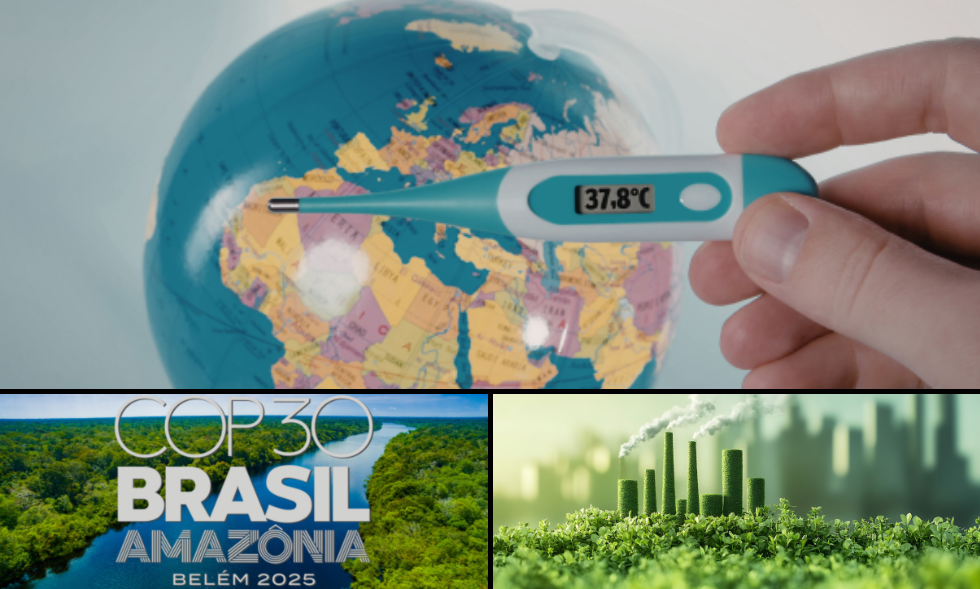Tesla reported losses of $702 million during the first quarter of 2019, breaking a streak of two straight quarters posting a profit.
Tesla CEO Elon Musk announced he expected Tesla would lose money again in the second quarter on slower than expected deliveries and sales of its newest vehicles, but also said he expected the company to return to profitability by the third quarter.
In what has become a habit for Tesla, it once again missed its projected target, and analysts expectations, for vehicle deliveries. Tesla delivered 50,900 Model 3s in the first quarter, missing analysts’ estimates of 58,900, by more than 8,000 vehicles. Indeed, deliveries of all models fell 31 percent from fourth quarter deliveries, with total production falling 10.92 percent to 77,100 vehicles in the first quarter of 2019, down from 86,555 vehicles in fourth quarter of 2018.
Losses Blamed on End of Tax Subsidy
Tesla blamed its decline primarily on the loss of the $7,500 federal tax credit per vehicle for the first 200,000 EVs the company sold. Taxpayers are no longer subsidizing buyers of most Tesla models. Musk also cited new competition, primarily from German luxury brands entering the EV marketplace, for the company’s poor performance in the first quarter.
Tesla’s losses indicate troubles ahead for the company said Jessica Caldwell, executive director of industry analysis at Edmunds, in a statement.
“Tesla can take credit for putting electric vehicles on the map, but all signs seem to show that the brand is losing steam,” said Caldwell’s statement. “It’s an uphill battle for Tesla and there doesn’t seem to be much on the horizon that could help boost momentum in the company’s future.
“The clock is ticking on EV tax credits, the Model Y didn’t wow consumers the same way the Model 3 did more than three years ago, and despite Musk’s claims during Tesla’s Autonomy Day, it’s probably a bit ambitious to say that the company will nearly triple the number of vehicles it has sold in its entire history as a company by 2020,” Caldwell’s statement said.
Tesla’s losses were reflected throughout the quarter in its operations as the company laid-off some workers, closed most of its retail stores to lower costs, and announced a 3 percent price increase on some models.
Tesla’s troubles were also reflected in the decline of its stock price. Tesla’s stock price fell nine percent in after-hours trading on April 4, in the aftermath of the company announcing its first quarter loses and forecasts of future sales. By the end of April, the company’s stock price had fallen more than 20 percent since the beginning of the year.
Solar Losses Mount
Tesla has also seen a steep decline in sales of its solar panels.
Investigative Post reports since Tesla purchased the solar panel manufacturer Solar City in 2016, the company’s share of the solar panel market has fallen from 33 of the market in 2015 to just nine percent of all solar panels sold today. Tesla’s solar panel installations fell by more than a third in the first quarter of 2019, and have declined by 500 percent since 2015.
“All this is bad news for Tesla’s plant in South Buffalo, which was built and equipped at taxpayer expense,” writes Jim Heany in the April 24 Investigative Post. “A slump in solar sales lessens demand for the products produced at the plant. That, in turn, could make it tough for Tesla to create all the jobs it’s promised.”
H. Sterling Burnett, Ph.D. ([email protected]) is a senior fellow at The Heartland Institute.





